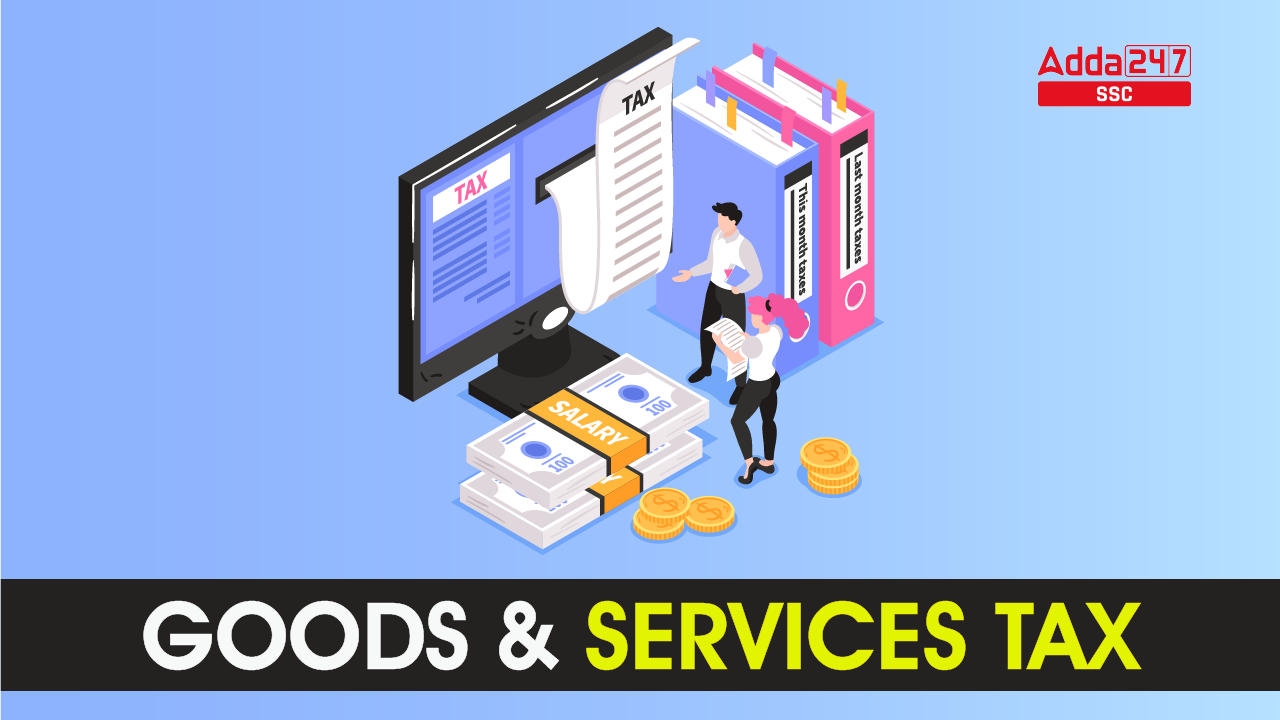Goods and Services Tax (GST)
Introduction : GST stands for Goods and Services Tax. It is a comprehensive tax levied by the government on the supply of goods and services. GST has brought the whole India under one tax regime, saving time and resulting in a low tax burden. GST was implemented in India on July 1, 2017.GST has replaced several indirect taxes including central excise duty, service tax, value-added tax (VAT), central sales tax, entry tax, and octroi.
Objectives of GST
The primary objectives of GST are discussed below :
- One Nation, One Tax: GST aims to create a unified market by replacing multiple indirect taxes such as excise, VAT, and service tax with a single tax.
- Increased compliance: GST aims to increase tax compliance by bringing more businesses under the tax net and by simplifying the tax system.
- Boost to the economy: GST aims to boost the economy by creating a more efficient and transparent tax system, reducing the tax burden on businesses, and increasing tax revenue for the government.
Types of GST:
There are basically four types of Goods and Services Taxes, as described below-
- Central Goods and Services Tax (CGST)
CGST is the GST levied by the Central Government of India on the transaction of goods and services with a state or Union Territory. CGST replaces other central taxes like – Central Excise Duty, Central Sales Tax, Custom Duty and SAD (Special Additional Duty) Tax.
- State Goods and Services Tax (SGST)
SGST is the GST levied by state on transactions of goods and services within the state. It is one of the two taxes levied within a state, other being the CGST. State GST replaces the state levied taxes – Value Added Tax, Luxury Tax, Entry Tax, Entertainment Tax etc. The revenue thus collected under the SGST is solely claimed by the respective state government.
- Integrated Goods and Services Tax (IGST)
While CGST and SGST are the GST levied on intrastate (within the state) transactions of goods and services; IGST stands for the GST levied on the interstate (between two states) transaction of goods and services. However, IGST is collected by the central government and reimbursed later to the respective state.
- Union Territories Goods and Services Tax (UTGST)
UTGST is the GST levied on the transaction of goods and services in these five Union Territories of India – Andaman and Nicobar Islands, Daman and Diu, Dadra and Nagar Haveli, Chandigarh and Lakshadweep. Total GST levied in a Union Territory is the sum of CGST and UTGST. State GST isn’t applicable to UTs, as it would require a legislature. Union Territories of Delhi and Pondicherry rather have SGST, because they have their own legislature.
Benefits Of GST:
The benefits of Goods and Services Tax (GST) are mentioned below:
For business and industry :
- Easy compliance: A robust and comprehensive IT system would be the foundation of the GST regime in India. Therefore, all tax payer services such as registrations, returns, payments, etc. would be available to the taxpayers online, which would make compliance easy and transparent.
- Uniformity of tax rates and structures: GST will ensure that indirect tax rates and structures are common across the country, thereby increasing certainty and ease of doing business. In other words, GST would make doing business in the country tax neutral, irrespective of the choice of place of doing business.
- Removal of cascading: A system of seamless tax-credits throughout the value-chain, and across boundaries of States, would ensure that there is minimal cascading of taxes. This would reduce hidden costs of doing business.
- Improved competitiveness: Reduction in transaction costs of doing business would eventually lead to an improved competitiveness for the trade and industry.
Gain to manufacturers and exporters:
- The subsuming of major Central and State taxes in GST, complete and comprehensive set-off of input goods and services and phasing out of Central Sales Tax (CST) would reduce the cost of locally manufactured goods and services. This will increase the competitiveness of Indian goods and services in the international market and give boost to Indian exports. The uniformity in tax rates and procedures across the country will also go a long way in reducing the compliance cost.
For Central and State Governments :
- Simple and easy to administer: Multiple indirect taxes at the Central and State levels are being replaced by GST. Backed with a robust end-to-end IT system, GST would be simpler and easier to administer than all other indirect taxes of the Centre and State levied so far.
- Better controls on leakage: GST will result in better tax compliance due to a robust IT infrastructure. Due to the seamless transfer of input tax credit from one stage to another in the chain of value addition, there is an in-built mechanism in the design of GST that would incentivize tax compliance by traders.
- Higher revenue efficiency: GST is expected to decrease the cost of collection of tax revenues of the Government, and will therefore, lead to higher revenue efficiency.
For the consumer :
- A single and transparent tax proportionate to the value of goods and services: Due to multiple indirect taxes being levied by the Centre and State, with incomplete or no input tax credits available at progressive stages of value addition, the cost of most goods and services in the country today are laden with many hidden taxes. Under GST, there would be only one tax from the manufacturer to the consumer, leading to transparency of taxes paid to the final consumer.
- Relief in overall tax burden: Because of efficiency gains and prevention of leakages, the overall tax burden on most commodities will come down, which will benefit consumers.
How To Calculate GST?
GST can be calculated using the formula mentioned below:
GST Amount = (Original Cost*GST Rate Percentage) / 100.
Conclusion:
The main reason for GST is to bring the whole of India under one uniform tax regime. It has reduced the unnecessary tax burden of different state and central taxes, on the dealers and has made the goods cheaper for both the stakeholders and the consumer.
| Also Read: | |
| States and Capitals | Prime Ministers of India |
| Union Territories in India | National Symbols of India |



 Upcoming Government Exams, Complete Govt...
Upcoming Government Exams, Complete Govt...
 Govt Jobs 2025, Latest Upcoming Governme...
Govt Jobs 2025, Latest Upcoming Governme...
 SSC Exam Calendar 2025–26 Out, Check All...
SSC Exam Calendar 2025–26 Out, Check All...









